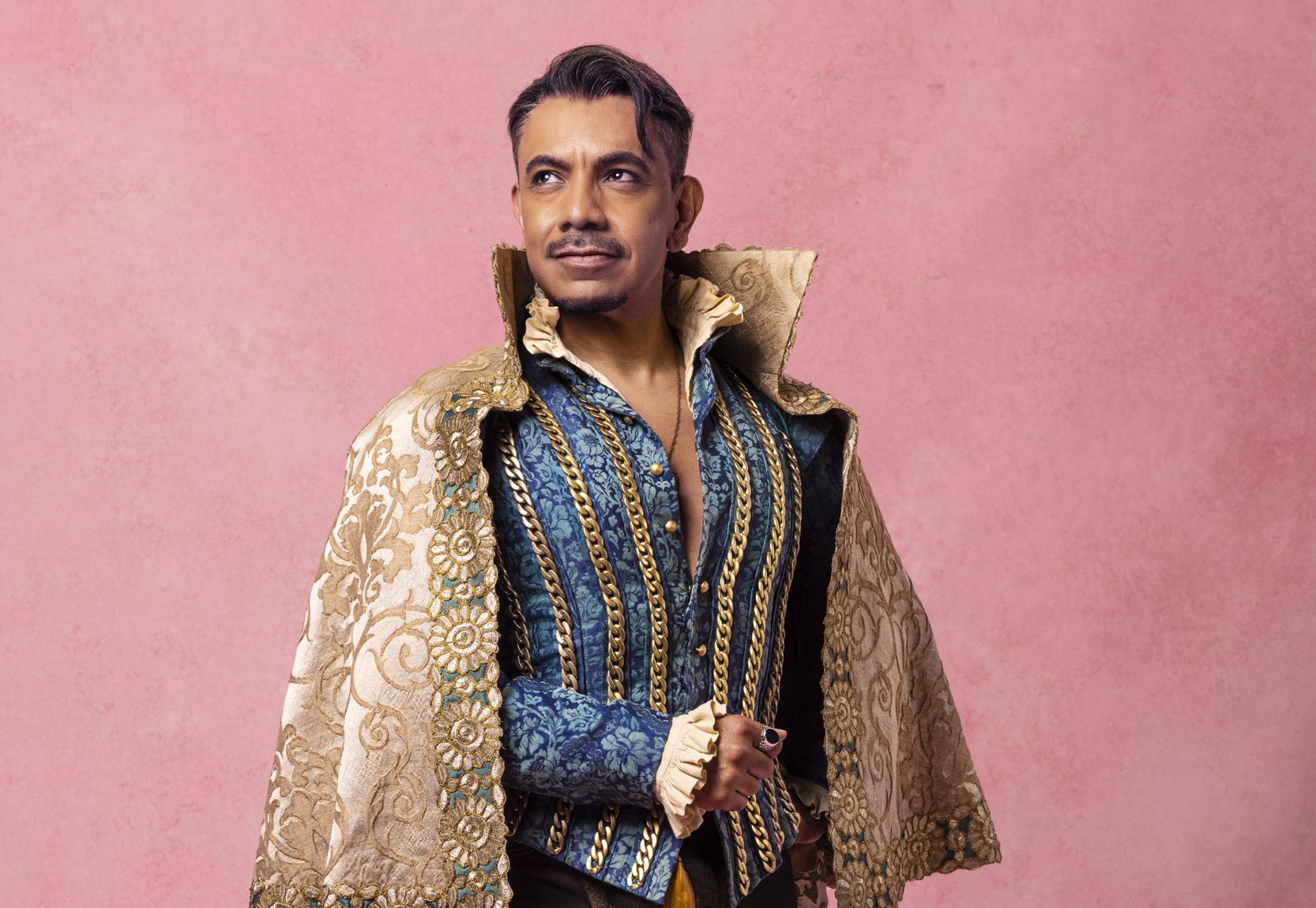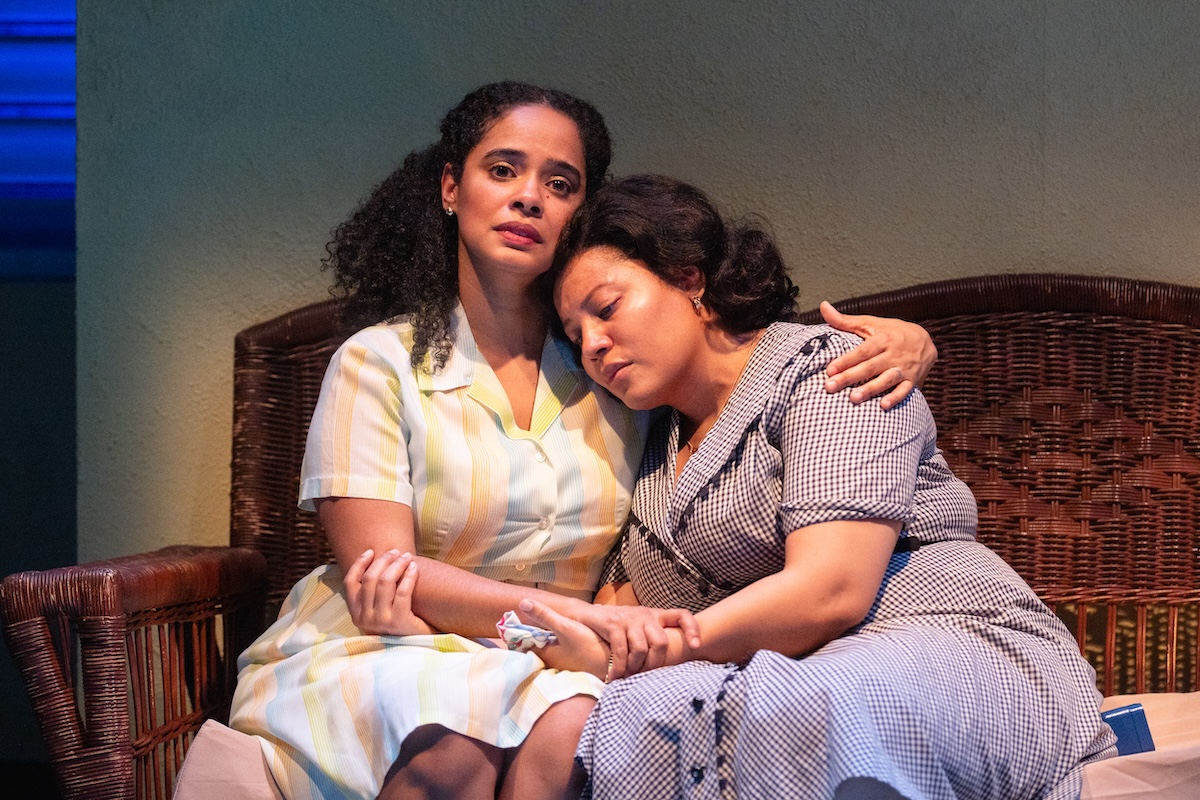Seeing John Lithgow in NTL’s Live Broadcast of The Magistrate Won’t Be Like the Live Experience

(© Ludovic des Cognets)
In 2001, the iPod changed the face of the music. In 2007, the Kindle transformed publishing. Now, theater’s technological game-changer is up and rolling. The National Theatre of Britain has found a way to make its art available worldwide–and are sharing their current production of The Magistrate starring John Lithgow with global audiences this afternoon.
Filmed versions of live theater have long been looked down upon as boring and static, making National Theatre Live’s (NTL) investment in a new program to help broadcast live performances to cinemas a leap of faith at both audiences and theater as a whole.
What filmed versions of live theater have not always had is the tech and talent to do the job well. NTL currently transmits high-definition versions of select performances at the UK’s National Theatre either live, or “as-live,” to 22 countries. The broadcasts are described as “a hybrid between theatre and film.” What has made the program successful, and an improvement over it’s grainier predecessors, according to producer David Sabel, is a willingness to prioritize the filmed product over the original staged version. “One of the reasons filmed theater hasn’t been successful in the past is that theaters never wanted to make the investment,” he said. “They thought, ‘We have to put the cameras in the back, or on the sides where no one is going to notice them.’ That’s good for the audience in the house but not your product.”
NTL chose the opposite approach. DP’s place their cameras in the best seats in the house, Sabel explains, and often block portions of the stage with cranes and tracking platforms. Rather than fretting about the lost seats, the theater brings in an audience that has paid a reduced price and knows equipment might obstruct their view.
Even with these improvements on the old model, not everyone is on board with the idea of broadcasting live theater–or performance-based events in general. “[T]here’s no doubt that it’s a second-best, and also second-hand, experience,” wrote theater critic Mark Shenton in The Guardian. In an article in The Columbus Dispatch, Roland Valliere, president of the Columbus Symphony, called live broadcasts by the Los Angeles Philharmonic “a land grab,” while Press Southworth, Executive Director of Opera Columbus, said The Metropolitan Opera’s HD broadcasts haven’t attracted any new opera fans “whatsoever.” Indeed, one need only Google to find sharp criticism from both audiences and artists of NTL and it’s presentation of live theater.
But critics may be missing the point. The National Theatre thinks of its product as a distinct art form that has never intended to replace live theater. “[I]t gives you the intimacy of the camera and some interesting angles that you wouldn’t get in the theater,” Sabel said. “It’s a different, hybrid experience.” One that patrons priced out of authentic, ticket-holding live events would never see in any capacity.
To create one of NTL’s live filmed productions, the company brings in a multi-person staff, including a camera director who must be good at cutting live from lots of different cameras at different angles.
It is a skill that only a slim subset of directors currently have. “It’s a pretty small pool, actually,” Sabel said. “We first started with people who were doing this off-Broadway for opera or classical music. Then we started branching out to directors who were doing live stage events like concerts for Beyoncé or U2.”
For the purposes of the filmed product, this additional director takes primary responsibility for (literally) calling the shots. Even in the case of Frankenstein, the National Theatre’s 2011 hit production starring Benedict Cumberbatch and Jonny Lee Miller and directed by Oscar-winner Danny Boyle (127 Hours, Slumdog Millionaire), the stage director was not solely in charge of the filmed product. Boyle worked closely with the camera director but never took the reins, because directing viewers to the action on stage by focusing a camera is a skill unique to cinema alone.
Once the camera director is on the scene, filming begins with a live-edited rehearsal, which the two directors watch together on the big screen in a cinema the next day. This happens two weeks before the broadcast. Then they re-script, rehearse once, and go live.
This process does involve a lot of risk-taking, and at times, things don’t go as planned.
“I think it retains some of the unique, exciting qualities of theater because of its live-ness,” NTL veteran and Tony Award nominee Tom Edden said. “There’s a synergy that’s quite specific. It’s not going to run in the cinemas for four weeks. It’ll be there one night, with the sense of an event. There’s a special feeling that you get from that kind of thing.”
For Edden, that special feeling came the night of One Man, Two Guvnors‘ NTL performance. “The whole South Bank was full of hundreds of people watching the performance on a big screen,” he recalled. “When we went out to take a bow, the bridge over the Thames was covered with people. I will always remember running out and taking a bow in front of that rock concert audience. It’s a really magical thing to be part of.”










